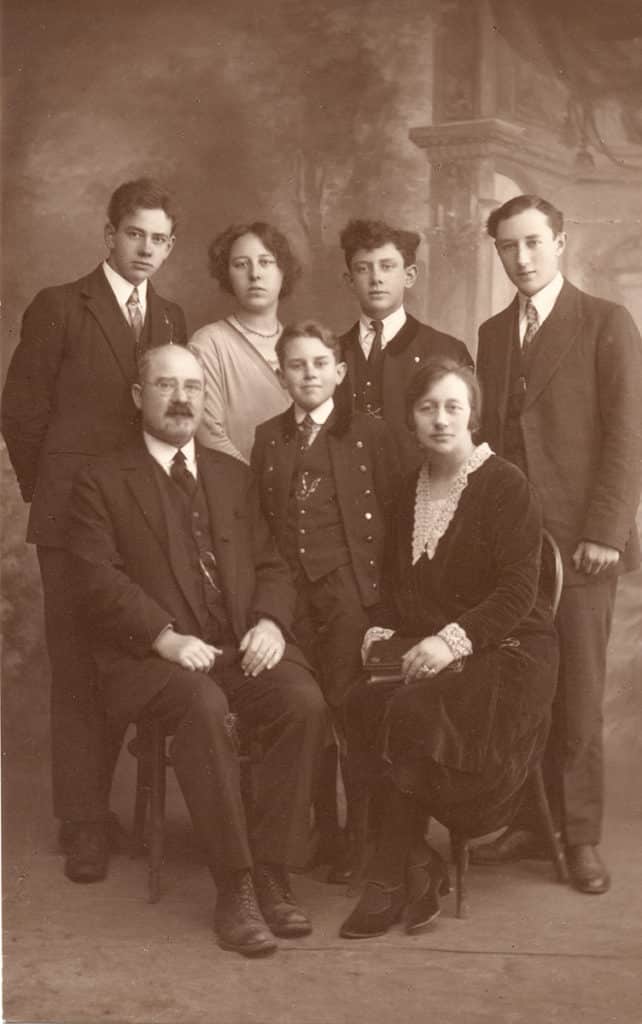The acquisition of the Vallière factory by Alexis le Gall
Alexis Le Gall, who before the war was a canner in Douarnenez, echoed the sale of the factory by his aunt Eulalie Le Gall - Hamon, who with her husband ran a tide and canning company in Guilvinec. The eldest son of his siblings, he had taken over the family business when his father died in 1905. He then gave up a career in the Navy, before the Great War called him back into the army despite his status as a family man and the eldest child.
Still mobilised as a marshal in the artillery in Brest - he was not released until three years later - Alexis Le Gall undertook the acquisition of the factory, with the help of his wife Alice's family, whose father Alphonse Bouville-Rick was an agent for the wholesale sale of fish at the Halles centrales de Paris. Alexis remained mobilised until the early 1920s, before joining his wife, Alice, to develop the loctudist business.
Even before the purchase of the factory was finalised, the couple planned to restart production. The canning business was fully associated with the war effort. It enabled the troops to be supplied with quality, low-perishability products. Opening the canning factory would also make it possible to employ the many wives of mobilised soldiers. During the war, Alice, unable to restart the canning production, was nevertheless able to restart the purchase and salting of the sardines landed in Loctudy, which she had sent to the Amieux factory in Saint-Guénolé-Penmarc'h by horse-drawn carriage.
The small factory takes on the character of a family business. The company has no sales representative. Alexis Le Gall, his wife and their daughter Henriette take care of all the tasks. Alexis closely follows the production and develops the recipes. He looks after the brand image of his preserves. He trades with his cousins who are fishmongers and exports his preserves to the United States. Alice supervises the forewoman and the workers. She controls the quality of the work, after buying the fish from the fishermen. In the 1930s, the daughter, Henriette, was in charge of the accounts and the payroll. Depending on the season, the brothers also participated in the life of the cannery.


